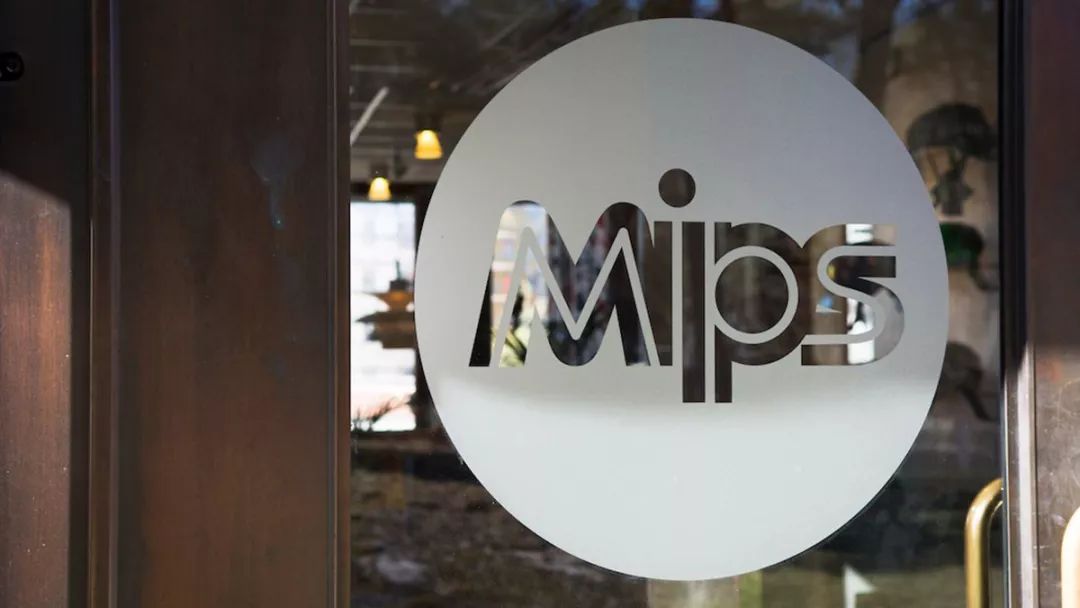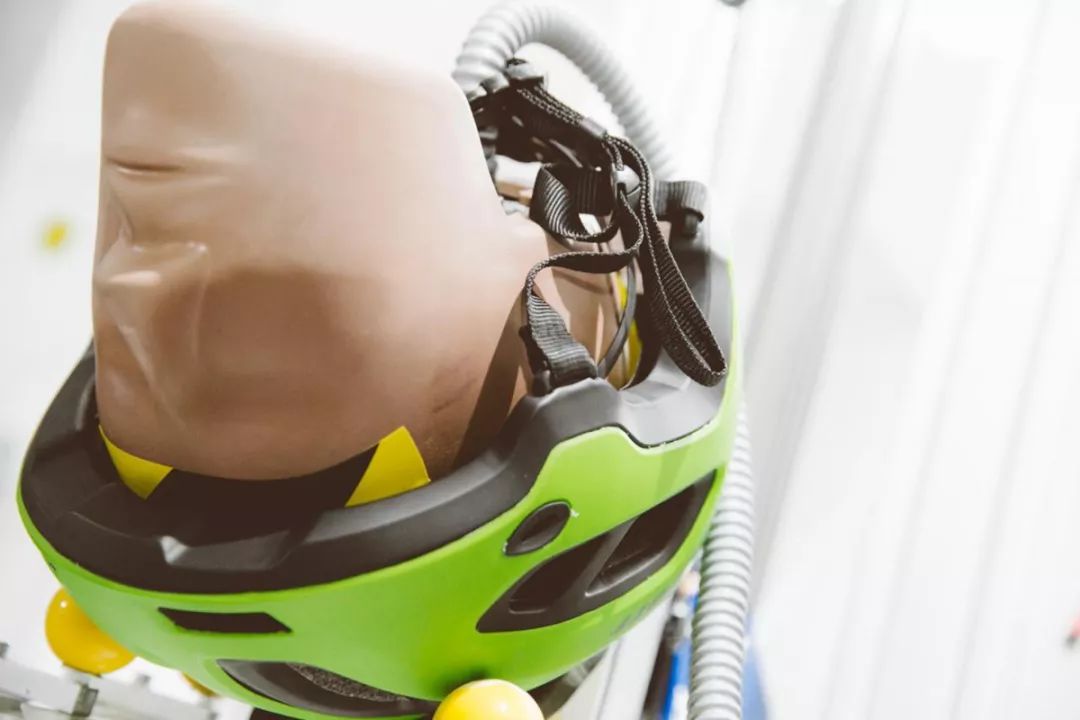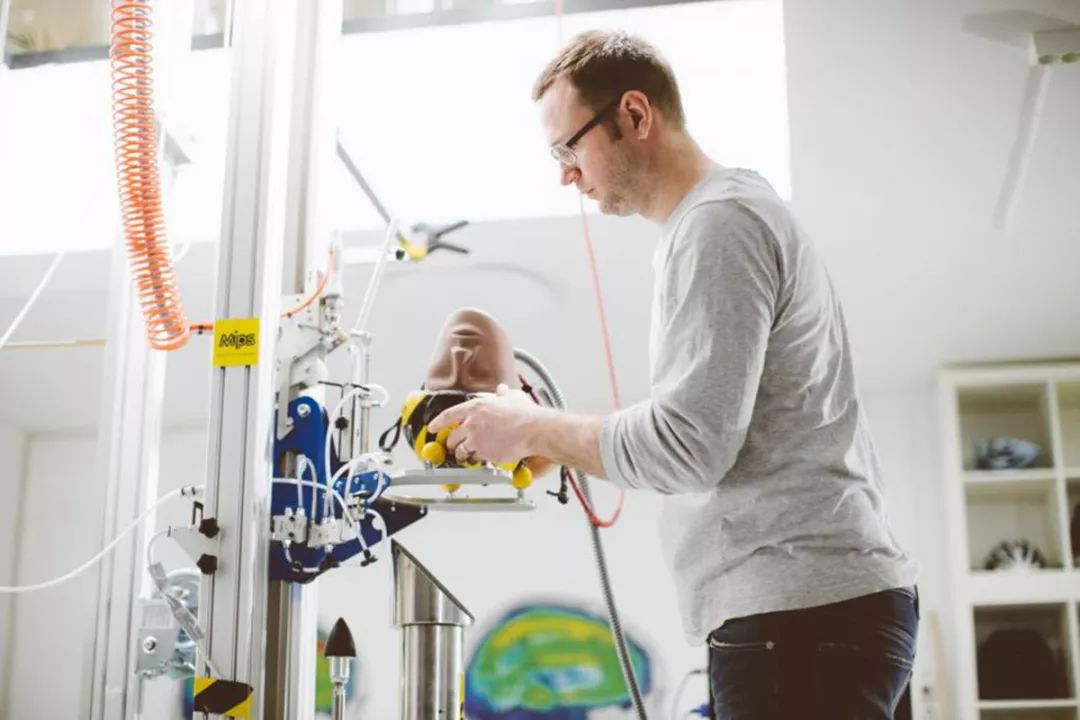

When we thought that WaveCel brought a leap in helmet product safety, MIPS Company strongly countered, claiming that their tests on WaveCel helmets showed protection levels far below what was advertised.
Related report: “Helmet Safety Breakthrough: Bontrager WaveCel Series Helmets Released”
Below is the complete translated statement released by MIPS:
As a leader in the field of helmet rotational impact solutions, MIPS conducted a series of tests on the new WaveCel helmet technology, and the results were far below the safety performance they claimed.
WaveCel, through its exclusive licensee Bontrager, released a series of new helmets that incorporate their technology, which features a honeycomb structure inside the helmet, attempting to reduce linear impacts and replicate the functions that MIPS can achieve to mitigate rotational movements associated with potential brain injuries, such as diffuse axonal injury, subdural hematoma, and concussions.
WaveCel has heavily promoted the effectiveness of this technology, stating on their website that it reduces the likelihood of concussions by 48 times compared to standard EPS helmets, and that helmets equipped with WaveCel technology have a concussion occurrence rate of 1.2%. They claimed through a foreign cycling media outlet that the concussion prevention probability of WaveCel is 99%.
However, MIPS’s preliminary test results on WaveCel helmets cannot confirm the effectiveness claimed in the advertisements. While further testing is needed, we cannot foresee their protective performance being on par with the data they claim compared to other brand helmets.

MIPS’s position when evaluating the likelihood of concussions from crashes is that this is a highly variable event, and the impacts on riders and physiological responses can be unique cases. No two crashes are exactly the same, nor are the riders, so the claims of concussion prevention probabilities are unscientific. However, the impacts caused by rotational movements can be objectively measured, and thus the testing methods used by MIPS and the conclusions drawn are scientifically valid.
For over 20 years, MIPS has been researching brain injuries and designing patented protective systems to reduce the rotational impact forces on the brain during impacts at various angles, making outdoor sports safer for both novice beginners and professional athletes. MIPS has conducted over 22,000 tests at its scientific testing laboratory in Sweden. Dr. Peter Halldin and Dr. Hans von Holst of MIPS have published several academic papers on helmet impact biomechanics since 2001.

While MIPS is pleased that more brands are recognizing the destructive nature of rotational impacts, third-party testing organizations still lack an industry-wide standard to ensure consumers receive accurate information—MIPS pointed this out earlier this month.
Related report: “Who is Just Going Along? MIPS Criticizes the Industry for Lack of Standards in Rotational Impact Testing”
“MIPS has conducted over 22,000 tests, and we know that not all helmets are safe, even those that claim to address rotational impacts,” said MIPS CEO Johan Thiel. “While from a consumer perspective, we hope Bontrager’s claims are correct, I am curious how their products can pass our tests.”
“We are a company of scientists, so we approach this issue with the collaborative spirit inherent in scientific research. If we work together to make riders safer, then we can fulfill our mission to make the safest helmets possible.”
Editor: HCY
Images: Archive

